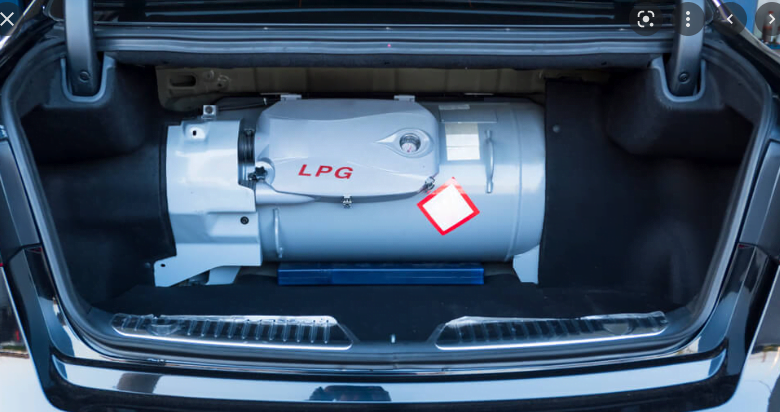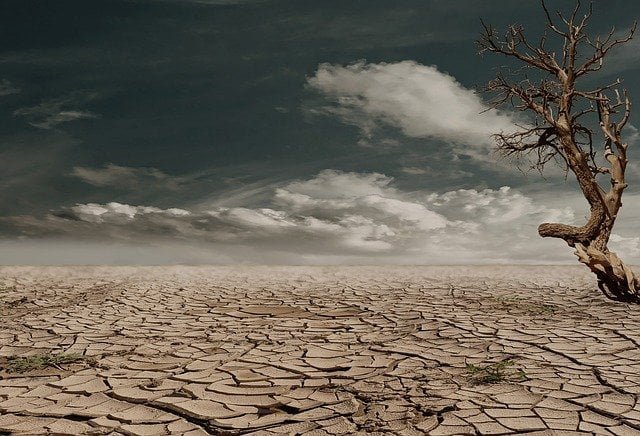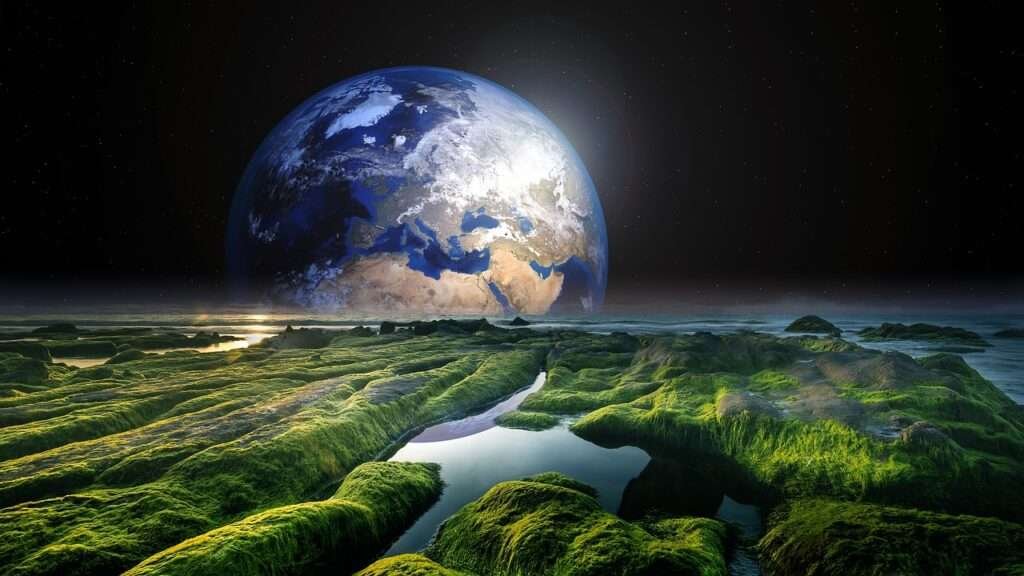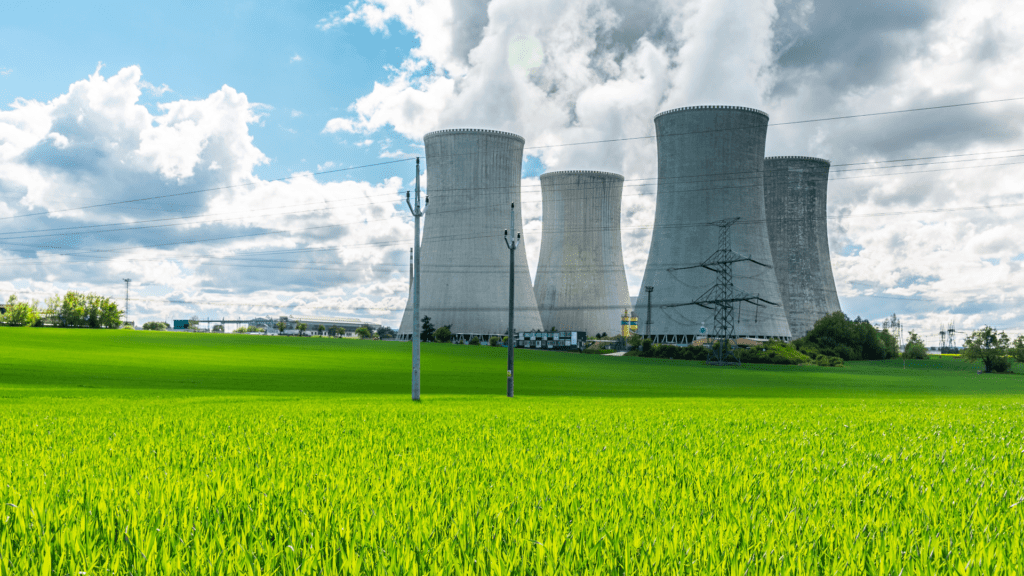Can We Purchase A Backup Environment Or Entire Planet?
In our everyday lives, the concept of backups is deeply ingrained. People often purchase duplicates of essential items to ensure uninterrupted functionality and peace of mind.
For instance, it is not uncommon for households to have a second refrigerator in the garage, or an extra vehicle stowed away for emergencies.
These measures serve as a safeguard against the unexpected, providing a layer of security that many find comforting.
Busy professionals, particularly those who can’t afford downtime, often take this practice to another level.
Consider the story of a business executive who, fearing a potential power outage invested in a backup generator in case his standby generator ever failed.
Another good story was the one where a busy family built a very large shed on their property to store a backup of just about everything major appliance they had.
Such anecdotes illustrate the lengths to which individuals will go to fortify their preparedness against unforeseen disruptions.
These personal backup strategies highlight a broader human instinct: the desire for security and continuity.
This instinct isn’t limited to small-scale preparations but can be extrapolated to more significant and ambitious projects.
The notion of having backups extends beyond our immediate environment, sparking discussions about the ultimate backup plan for humanity and our planet.
This radical idea envisions purchasing an alternative habitat that could serve as a sanctuary in the event of catastrophic events on Earth, if we could find one that had been dramatically marked down in price.
The concept of a backup planet may seem far-fetched today and maybe for some years to come, yet it is rooted in the same principles that drive us to buy extra batteries or stockpile essential supplies.
There is a lot we don’t know about the universe beyond our pretty little planet, so who is to say that is truly possible and what is not?
Until we are able to successfully purchase a backup planet, we will need to buckle down and do what we can with the planet we’ve got.
Let’s figure out what we can do better to protect us fragile humans and all other species on this planet against potential disasters, ensuring the survival of all species over the long term.
Feel free to spend as much time as you like pondering the feasibility and implications of such an endeavour. If you work it out, please let all of the world’s leaders now what the answers are.
I love the idea of people from all around the world engaging in forward-thinking dialogues about how to protect the longevity of all species on Earth and not just us.
It seems all too often that when people are talking about saving planet Earth, they are really just talking about saving humanity. We have larger responsibilities than that.
If There Was a Galactic Supermarket, What Would We Order?
Picture a massive, climate-controlled facility almost as big as an entire galaxy. Think of the biggest Walmart,Costco or Bunnings you’ve ever seen and then imagine that building hosting planets and the various things the millions of different types of planets might need.
Imagine how relieved you would feel after travelling up and down the many poorly labelled isles, you finally come across a meticulously curated replica of Earth. In the area next to the Earth replica is a massive selection of options for an Earth Planet.
From lush rainforests to river systems, coral reefs and alpine meadows, every optional extra is priced to sell and looks exactly like what we need.
Within this facility there would be a team of very helpful scientists that come along and ask if there’s anything they can help you with. These would be very experienced conservationists and engineers that could also help work out custom solutions for our particular planet.
For a few extra dollars, these people would work tirelessly to recreate and sustain the intricate web of customised life replacements or enhancements that would better serve the future needs of our planet.
If you opted for the premium package, you could have them travel to your planet and install your new rainforests, complete with towering canopies, meandering streams and all the species that should come with it.
Meticulously recreated coral reefs would naturally be the most expensive thing in the supermarket but they would be teeming with vibrant marine life and all of their delicate structures painstakingly cultivated and maintained to give you maximum value for your dollar.
Envision a futuristic scenario where planetary leaders have access to a galactic supermarket, offering an array of planetary components and even entire planets.
This hypothetical marketplace would be stocked with essential environmental elements crucial for sustaining life.
The first items on our shopping list would undoubtedly be air, water, soil, and biodiversity, which serve as the foundational pillars of any thriving ecosystem.
Air would top the list, specifically a blend of oxygen and nitrogen in appropriate proportions to support human and animal life.
Clean, unpolluted air is essential for respiration and health, eliminating the adverse effects of current pollution levels.
Next, we would prioritise salt and fresh water, the lifeblood of any planet. Salt water to replenish the toxicity we’ve caused to our oceans and vast amounts of freshwater to sustain the life of many species like us that depend on it.
We’d probably also want to purchase some sort of advance ocean water filtration system, just in case any future generations ever did anything silly to their oceans as what we’ve done.
Health Rich Soil, full of nutrients and free from contaminants, would be another critical component. Fertile soil supports agriculture, enabling the growth of food crops and sustaining plant life, which in turn supports higher trophic levels.
Finally, biodiversity would be a key consideration. It’s an intricate web of flora and fauna that maintains ecological balance and resilience on our planet and we need it to survive.
This would include a variety of species, from micro-organisms to large animals and mammals, including all forms of apex predators as each play a vital role in their respective ecosystems.
How To Make Sure Our New Environment Replacements Work.
The logistics of such replacing major components of our environment would be extremely complex and multifaceted.
Technological advancements would be required to transport and integrate these components seamlessly into a new or existing planetary framework.
This would involve innovations in space travel, storage solutions for biological materials, and sophisticated systems to replicate Earth’s environmental conditions.
Ethical implications would also come into play. There would be some amongst us that would feel that the idea of purchasing backup or replacement planets and their major components raises questions about ownership, exploitation, and the sustainability of such practices.
If all of that wasn’t enough, then there would be some people worrying about the potential impact on our current planet.
Would knowing that we’ve purchased a replacement planet and most if not all of our major environmental components from a galactic planet supermarket encourage complacency in addressing our current Earth’s environmental issues?
There’s just no guessing how us sometimes easily confused humans would respond to such a situation being presented to us.
Hopefully knowing that we’ve got a backup for most things, it would it serve as a catalyst for global cooperation and technological innovation.
We could push the envelope with technology to try and fix our planet as much as possible, the ultimate goal being that we never had to call their service centre, wait 2 hours and then ask for our backups to be delivered.
What Other Backup Options Might We Have?
Perhaps the solution lies in the realm of off world megastructures, those ambitious concepts that blur the lines between science and science fiction.
The Dyson sphere is one of those, a hypothetical gigantic construct capable of encompassing a star and its orbiting bodies, could theoretically serve as a holding pen for reserve Earths.
Of course, the materials and energy requirements for such a mega-project are simply unfathomable with present-day technology.
If our goal is merely to secure a rough approximation of terrestrial living conditions, rather than an exact replica, the task becomes slightly more manageable.
Candidate locations like Mars, with its physiochemical similarities to Earth, are potentially able to be terraformed into places that we could inhabit but that process based on our current understanding of the universe would probably take around 100,000 years or more.
We Need A Backup Plan Just In Case We Cannot Buy A Backup Earth.
As sad to some as this news might be, we are stuck with our current planet for a very long time to come. At the very least as long as this planet can sustain our existence.
In the meantime, let’s just put one foot in front of the other each day and do incremental and manageable environmental transformation actions that we can be proud of.
Even if we can only improve our own town, city or village by 1% each day, every percent adds up.
So please never stop trying and never give up hope. Our planet depends on it, as do all potentially future generations.












[…] 3) The Reserve Environment Of Earth – Heal This Rock […]
[…] […]